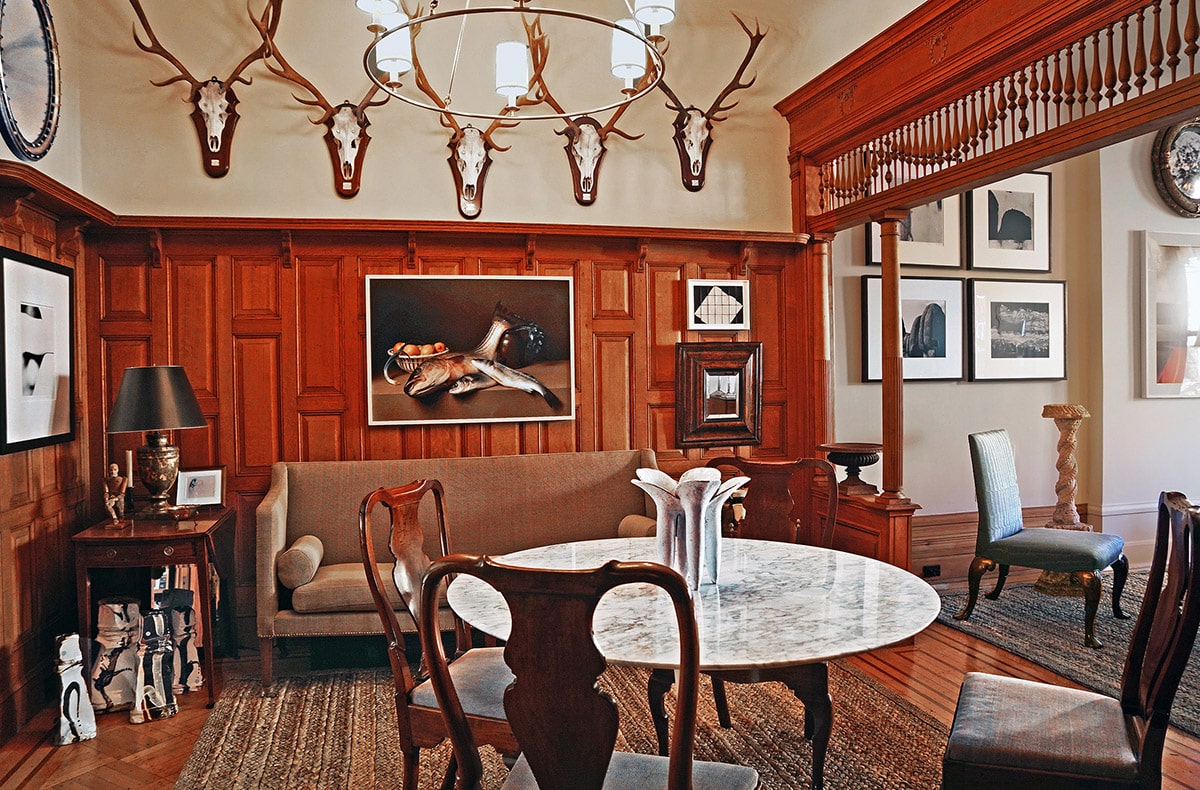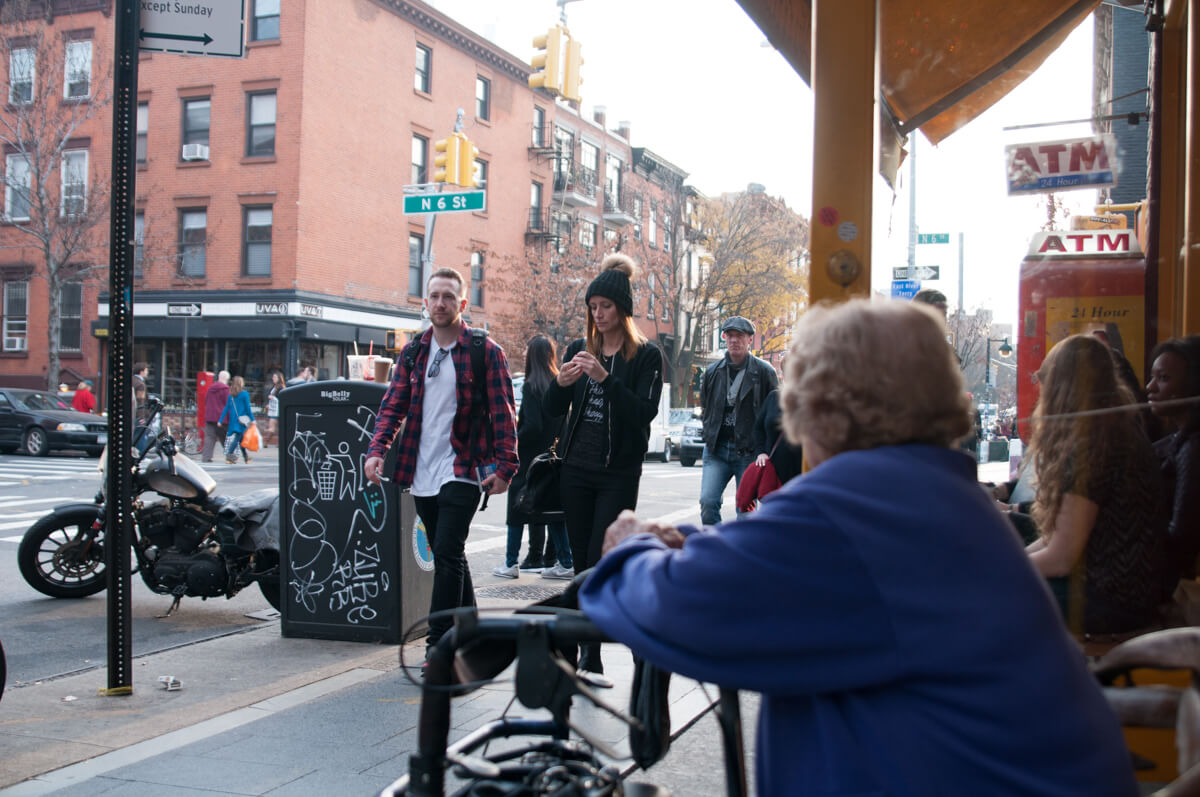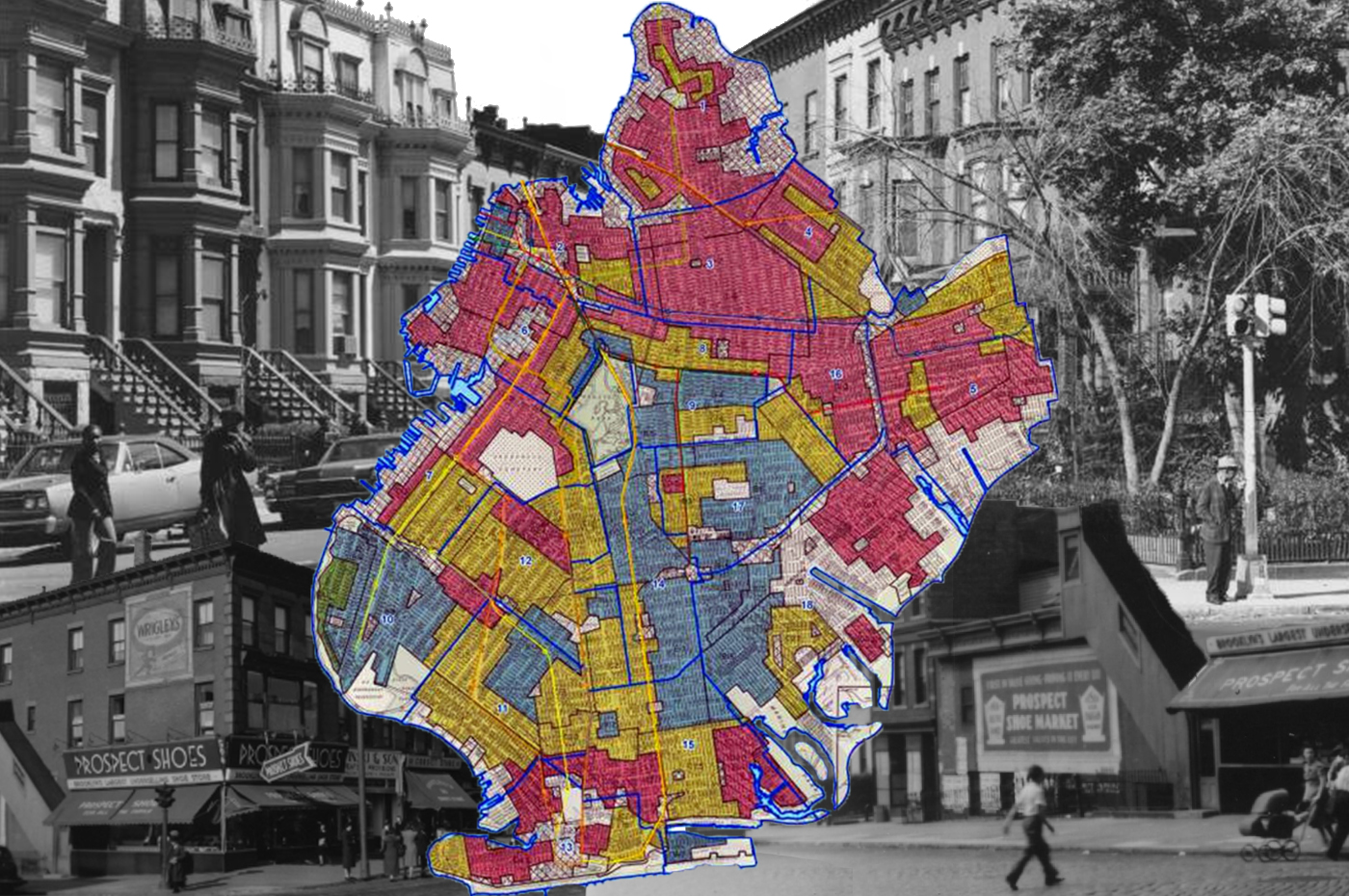Walkabout: Lane Bryant and the Riches of Expectation, Part 3
Read Part 1, Part 2, and Part 4 of this story. It’s never been easy being a woman of, shall we say, operatic proportions. Society is not kind, to say the least, and neither was the ready to wear clothing market. Larger sized women have always desired to be fashionable, elegant, and feel good about…


Read Part 1, Part 2, and Part 4 of this story.
It’s never been easy being a woman of, shall we say, operatic proportions. Society is not kind, to say the least, and neither was the ready to wear clothing market. Larger sized women have always desired to be fashionable, elegant, and feel good about themselves, just like everyone else.
Had it not been for a tiny Lithuanian Jewish lady named Lena Bryant, who knows how long it would have been until someone took notice and did something about it?
Since 1904, Lane Bryant, the clothing company she started in her apartment in Harlem, has been providing beautiful and stylish clothing to pregnant women, larger sized women and girls. If you were in one of these categories, you were probably a Lane Bryant customer.
Part One of this story tells of Lena Bryant’s start, and early life. Part Two chronicles the rise of a huge retail and mail order business that branched out to locations in cities across the country, including, of course, Brooklyn.
The first Lane Bryant store in Brooklyn was in a building constructed for them, a modern reinforced concrete, L shaped, four story building with entrances on Hanover Place and Livingston Street.
The store opened with great fanfare in 1922, and joined Abraham & Straus, Loeser’s, and Fulton Street’s other grand clothing emporiums as shopping destinations for women and girls.
As a student of fashion, culture and history, it is interesting to note Lane Bryant’s place in the press and in the life of Brooklyn’s shopping culture. Lane Bryant’s marketing strategy then was much different than today’s.
Throughout much of the 20th century, they were a vital part of the shopping world, with frequent illustrated ads in all of the local newspapers. They participated in charitable events, fashion shows, and publicity events.
There was no corporate attitude that they were catering to a small niche market that had to apologize for existing, but rather a celebration that they were here for those who needed them, and offered products that were comparable to what was available for smaller sizes.
Lane Bryant offered clothing for all occasions, including evening wear, swimwear, lingerie and fur coats. They carried shoes; millinery and jewelry sized for a larger frame, and like the best department stores, had an in-house beauty salon and make-up counter.
If a woman could not find her size in the big department stores, she was still able to have a pampering shopping experience, just like the larger stores. It must have been very affirming, and it certainly was successful.
The ads in the paper showed fashionable, beautiful clothing. The illustrations did not show large women, by any means, however. They were as thin and willowy as the models in other ads, but the clothes were available in sizes up to 52. (Sizing was different then, a 52 is the equivalent of perhaps a 28 or 32 now, the top sizes in Lane Bryant’s current lines.)
When advertising switched from illustrations to photography of live models, they were models at the bottom of the size scale, no larger than modern day size 12’s.
Being “stout” as Lane Bryant called it, has never been easy in society, but no one could deny that selling clothing and accessories for this market wasn’t lucrative.
Other large sized clothing companies, such as Roaman’s, joined the market, especially after World War II, but Lane Bryant was the best. They didn’t just add inches to a garment; they knew the proportions and figure configurations that their clients had, and produced lines of clothing that really fit.
There was not just 1X, 2X or 3X, like we have now, but half sizes, women’s sizes, petite plus sizes, tall, pre-teen, girls, chubby girls, and much more.
No one makes half sizes anymore, a size category for a woman 5’4” and under. The proportions are different than clothing for women’s sizes, which were graded for a woman 5’5” to 5’8”.
Half sizes have shorter sleeves, shorter back waist lengths, shorter hem lengths, and were sized for a woman with a thicker middle section, but a more proportioned bust to hip measurement.
Each of their size categories was as complicated as this, and over the years, the patternmakers and designers at Lane Bryant collected a tremendous amount of information enabling them to make clothing that fit.
By 1950, the Hanover Place store just didn’t have enough room for all of the company’s clothing lines, accessories and amenities. They needed a bigger building. They decided to buy the Balch-Price building on the corner of Fulton and Smith Streets.
This building, built for downtown Brooklyn’s most successful furrier, had much more room for growth. Balch-Price moved elsewhere in the area. The deal was struck, and Lane Bryant moved up Fulton Street into one of the most visible locations in the shopping district. The grand opening of the store took place on November 20, 1950.
Lane Bryant’s grand opening was an epic occasion. There were queens, opera singers and golden sidewalks. Not literal gold, of course, but the sidewalk around the store was covered with gold paint for the occasion. The diminutive queen of the company, Lane Bryant herself, was on hand to cut the ribbon to open the new store.
With her was a host of company executives, Borough President Cashmore, and opera singer Helen Jepson, who was often a spokesperson and model for the company.
Miss Jepson sang a couple of arias at the opening, people gave speeches, Lane Bryant cut the ribbon, and the new store was opened with a flourish and a couple of high C’s.
It’s highly unlikely that a plus-sized clothing store would open with such a flourish and such press coverage today. The new store was lauded in the Brooklyn Eagle, which described the store’s facilities and wares.
The main floor of the new store had sportswear, accessories, lingerie, shoes and the Tall Shoppe, which had more of the same for tall women. The second floor had dresses, coats, foundation garments, the fur department, the Shoppes for chubby girls, chubby teens, and the Maternity Shoppe.
The third floor held the popular sale floor, with discount items from all of their lines, as well as the millinery shop. Up on the fourth floor were offices and the Albert Carter Beauty Salon, above that were stock rooms.
The alterations to the Balch-Price store had been drawn up by the architectural firm of Sanders & Malsin. Lane Bryant was married to Albert Malsin, so the firm may have been his relatives, or even one of their children.
The papers announced that the new store was air-conditioned for year round comfort, a modern amenity, indeed. There were elegant chandeliers, teak flooring, fine carpeting, new elevators, and triple the selling space of the old store.
Back then, in all of the fine stores, individual sales people could become legend, and had followings, making them very valuable. The papers announced that these same salespeople were still there, waiting to serve customers.
Four years later, Lane Bryant celebrated its 50th anniversary. In a statement that just would not be politically correct today, the Eagle said, “Most impressive is the fact that Lane Bryant has been in business for 50 years by providing the unusual in sizes.
As you probably know, the Lane Bryant name is famous for the larger sizes it provides for short and stout women; for the maternity dress, which it invented 43 years ago; and more recently, for the clothing for chubby little girls of the sweet tooth set, and finally, for the American beauty who is over five feet, seven inches.”
The 50th anniversary inspired a collaboration between Lane Bryant and one of America’s most famous fashion designers of the day, Charles James. He designed a line of maternity wear for the store, for their use exclusively.
This was one of the first examples of a designer doing this, and would lead to many more such ventures for all kinds of designers and labels. Today, such collaborations plus licensing contracts mean billions of dollars for the fashion industry. The “fat ladies’ store” continued to set the bar for the entire industry.
Next time: the conclusion of the story. The Bryant-Malsin family life, the growth and decline of the brand, the end of a fashion legend, and the changes in the stores that still bear her name. GMAP
(Ad for 50th anniversary. Brooklyn Eagle, 1954)












What's Your Take? Leave a Comment